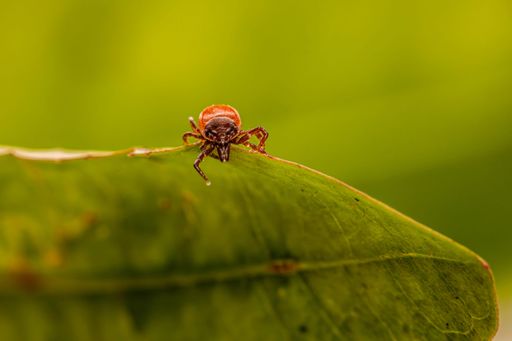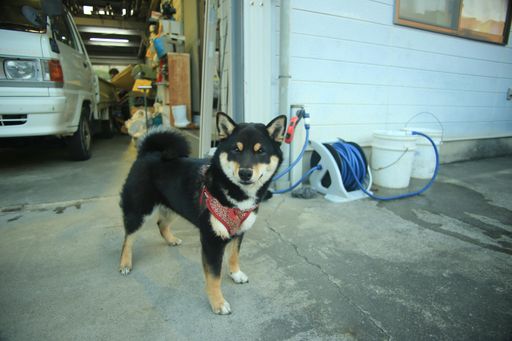We all want to do everything we can to keep our furry friends safe and healthy. Many canine health risks are well understood and the signs are common, but Seasonal Canine Illness (SCI) is a relatively new condition and there is still much that experts don’t understand about it.
While researchers work to uncover more information as to its cause and best treatments, let's take a look at what we do know.
What is Seasonal Canine Illness?
Seasonal Canine Illness (SCI) is a condition that has only recently surfaced, and as yet, the cause of it is ultimately unknown. As the name suggests, SCI is most commonly prevalent seasonally, between August and November.
Dogs who are affected by this illness develop symptoms shortly after taking a walk in woodland areas. Early detection and treatment is crucial, as, while uncommon, it can be fatal. SCI doesn’t appear to affect any other animals or pets, such as cats, but dogs of any breed, age or gender can suffer from it.
What are the signs and symptoms of SCI?
After walking in wooded areas, dogs can begin to show symptoms in as little as an hour or two, although they most commonly show up between 24 and 72 hours afterwards. The primary symptoms tend to affect their gastrointestinal tract, with symptoms including:
- Diarrhoea
- Vomiting
- Lethargic behavior and/or lameness
- Abdominal pain
- Loss of appetite
- Muscle tremors
- Fever
There are many potential causes of diarrhoea and vomiting in dogs, so diagnosing SCI can be tricky. A vet will arrive at a diagnosis of SCI if there is an associated (seasonal) visit to woodland/affected areas, compatible physical symptoms, and once they have sufficiently ruled out any other potential causes. They will also inspect the dog closely for any evidence of mites, particularly around their ears and between their toes.
What causes SCI?
As yet, there is no definitive cause known for SCI, although there are suggested triggers. Researchers have, however, ruled out a number of possible causes, including fungi/natural flora and plants, contaminated water and man-made poisons.
The Animal Health Trust currently suggests Ectoparasites (such as harvest mites) as a potential SCI trigger, as they are also prevalent during the same season that SCI occurs. It is common for dogs walking in woodland to pick up harvest mites and not get sick, but as a precaution, a simple, fipronil-based mite-prevention spray can be used. Your vet can advise you of the best one to use.
Treatment for SCI
Given that the cause is yet to be determined, there is no specific treatment regime for dogs suffering from SCI. The most appropriate course of action in this case is administering antibiotics and fluids, and closely monitoring their symptoms. Most affected dogs do completely recover from SCI with this treatment approach, with only a rare few deteriorating despite a vet’s best efforts to manage the illness.
Dogs that receive intensive care tend to recover fully within 10 days. In 2010, when the illness first began occurring, there was a reported 20% fatality rate. Within two years, however, a 2012 survey reported that the rate of fatalities had dropped to just 2%.
Reducing the risk of SCI
Thankfully, the rate of SCI cases is steadily decreasing in recent years, but it does still occur, so it is important to be aware of it and do what you can to prevent your dog from being affected. These measures include:
- Using the fipronil-based preventative mite sprays before going for a walk
- Ideally avoid woodland areas between August and November, but if you do walk your dog in such areas, consider keeping them on a lead
- Keep your dog well hydrated with water and through their diet
- Closely monitor your dog after walking in wooded areas - especially within 24-72 hours of your outing
Final thoughts
Illnesses that are not fully understood in terms of cause or treatment can be particularly concerning for dog owners. Thankfully, whilst this is the case with Seasonal Canine Illness, the rate of occurrences is dropping, and swift treatment makes a full recovery highly likely.
Nevertheless, make sure that you take all necessary precautions if you plan on walking your pooch in wooded areas, especially between August and November and keep a close eye on them afterwards.



















